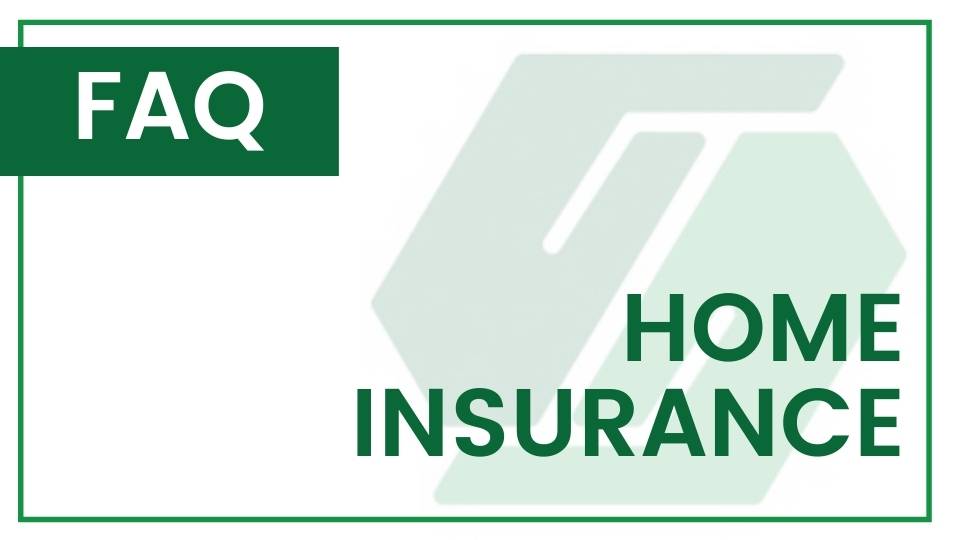Your homeowners insurance policy dwelling limit is simply the cost it would take to rebuild your entire home at current prices for construction and labor. In the situation that your home is severely damaged or even destroyed by a covered event and you submit a claim, your insurer may reimburse you up to the dwelling limit. Oftentimes this is the largest coverage limit in your policy.
Dwelling coverage might be one of the most valuable homeowners insurance coverage options you have, as it protects what is likely the most expensive asset you own – your house. Typically dwelling coverage protects your home’s structural aspects like the frame, foundation and roof, but it often covers much more such as: connected garages, attached decks, patios that are screened in, in ground pools, chimney, etc.
Your approach to dwelling coverage will vary based on your location, but here in Michigan it is important to understand what is available to you. Michigan.gov offers a comprehensive look at homeowners insurance and what you should know.
Michigan Home Insurance Tip – How to Pick the Right Dwelling Limit
Video Transcription
“So for your home insurance: dwelling limits, something that you want to be mindful of, a lot of times, the agents picking that number, and it’s a byproduct of what their systems calculating. Oftentimes, we find that most people are carrying far more insurance than what they actually need for the house. So you want to base this on a formula that’s needed for rebuilding or replacing your home. We like to use a cost per square footage; very similar to how your real estate agent is going to list or sell your home based on $1 amount per square footage. So we like to use anywhere between 125 and $150 per square foot. So if your house is 1000 square feet, you should carry about $150,000. That’s ample coverage, yet not too much. The reason why you want to keep it close to that as if it’s any higher or above that limit, well, your coverage levels are increased above and beyond likely, you would never get that money to rebuild your house. And all the while, your insurance premiums are, for the most part, based off that one particular coverage, or at least the bulk of your costs are weighted off that covered so you want to make sure you have enough coverage not too little, but at the same time you’re not covering far more than what you would ever need or use.”
What Is & Is NOT Covered by Dwelling Coverage
Every policy is different and depending on where you are, your options may be different as well. It is critical you understand what coverages you need and what you can leave out. Typically, there are some standard coverages that are and are not include.
These assets ARE usually included in dwelling coverage: home frame, roof, foundation, connected garages, attached decks, patios that are screened in, in ground pools, chimney, permanent fixtures (countertops, sinks, floors, etc.), appliances.
These assets ARE NOT usually included in dwelling coverage: detached garage, sheds, trampolines, treehouse, above-ground pool, fence.
In addition to the assets that are covered, there are also a list of commonly covered events. While it will depend on your policy, some of the typical events covered by home insurance include: fire, lightning, wind, hail, explosions, theft, snow/sleet/ice, falling objects, some water damage or plumbing issues.


